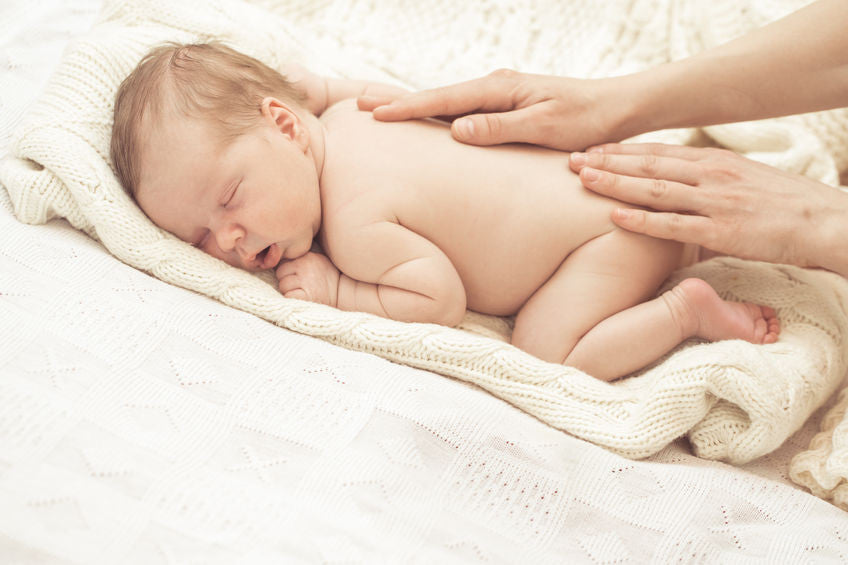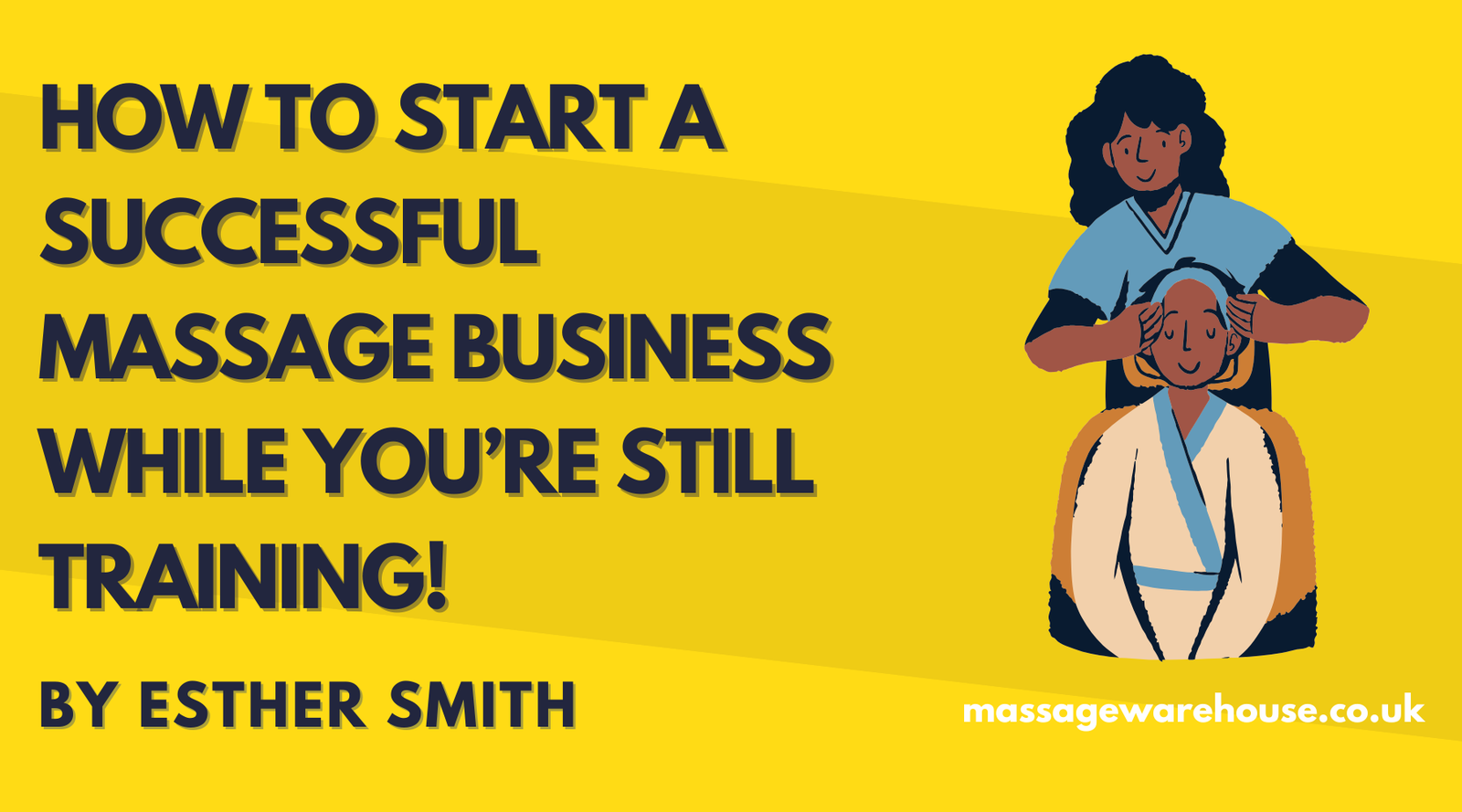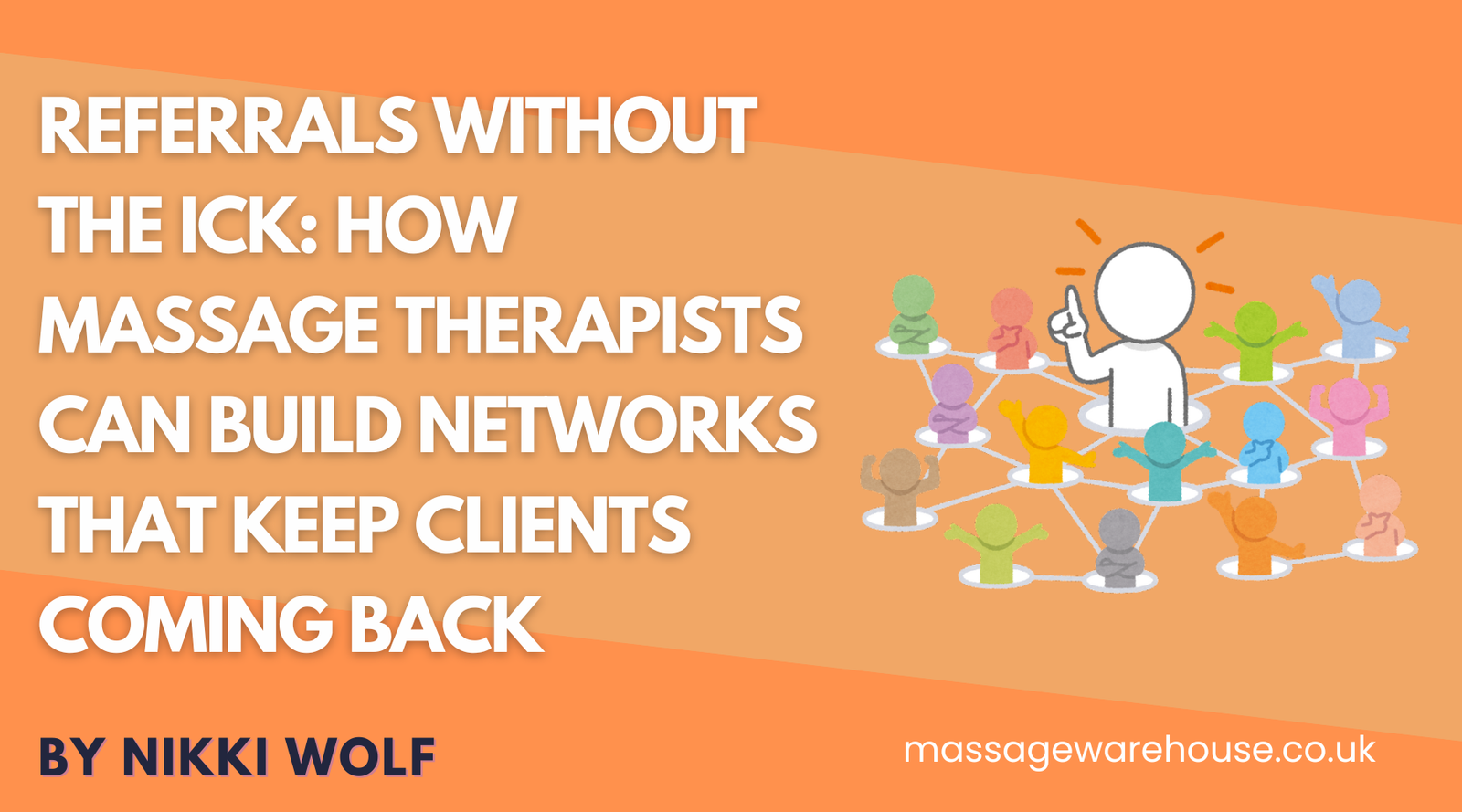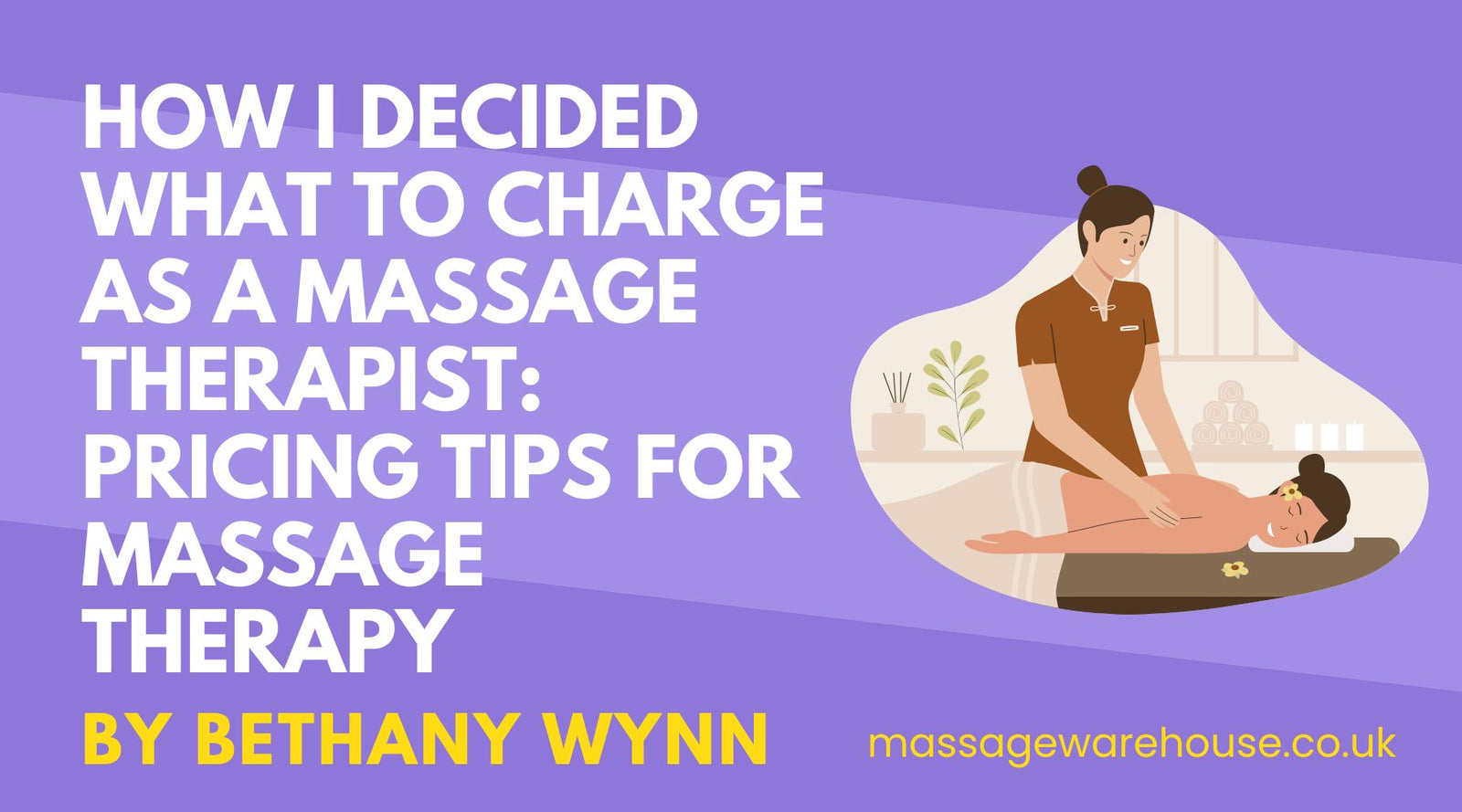Your Cart is Empty
I have used this product now for a few weeks; enjoying the glide and therapeutic value of this product. Great comms and delivered efficiently.
Thx
So far so good, it's lightweight and easy to carry. Feels study when clients are on the bed, and they've felt comfortable.
I used this massage carrier a couple of times — and regretted it instantly. It’s awkward, unstable, and fails miserably at keeping your table straight. You end up half-carrying, half-dragging it like a reluctant suitcase through a maze.
And the wheels? They screech and rattle like a shopping trolley possessed. Every step is a noisy reminder that you’re hauling something that clearly wasn’t designed to be hauled.
My arms were wrecked for days, and my back felt like I’d done a bootcamp with zero form. If you care about your spine, your sanity, or your dignity, do yourself a favour and skip this one.
Very disappointed!
I ordered the Earthworks touch + couch but when I got it I felt it wasn't laying flat in the middle, I got in touch with massage warehouse , they explained that it need about 10 treatments for it to settle. Even though it was a great in every other way, super sturdy and ergonomic, I decided it wasn't for me and sent it back. The staff were extremely helpful and polite and reimbursed me. I gave 5 stars for customer service and will go back to them to get a different couch in the near future.





